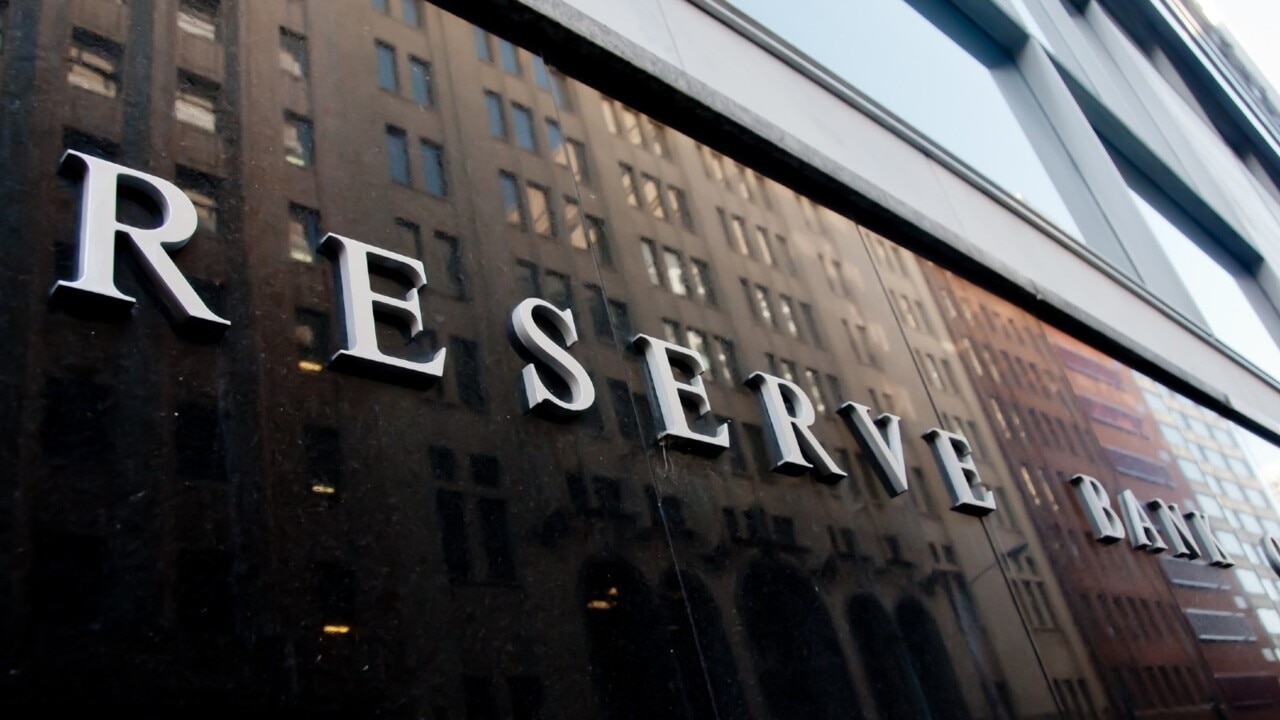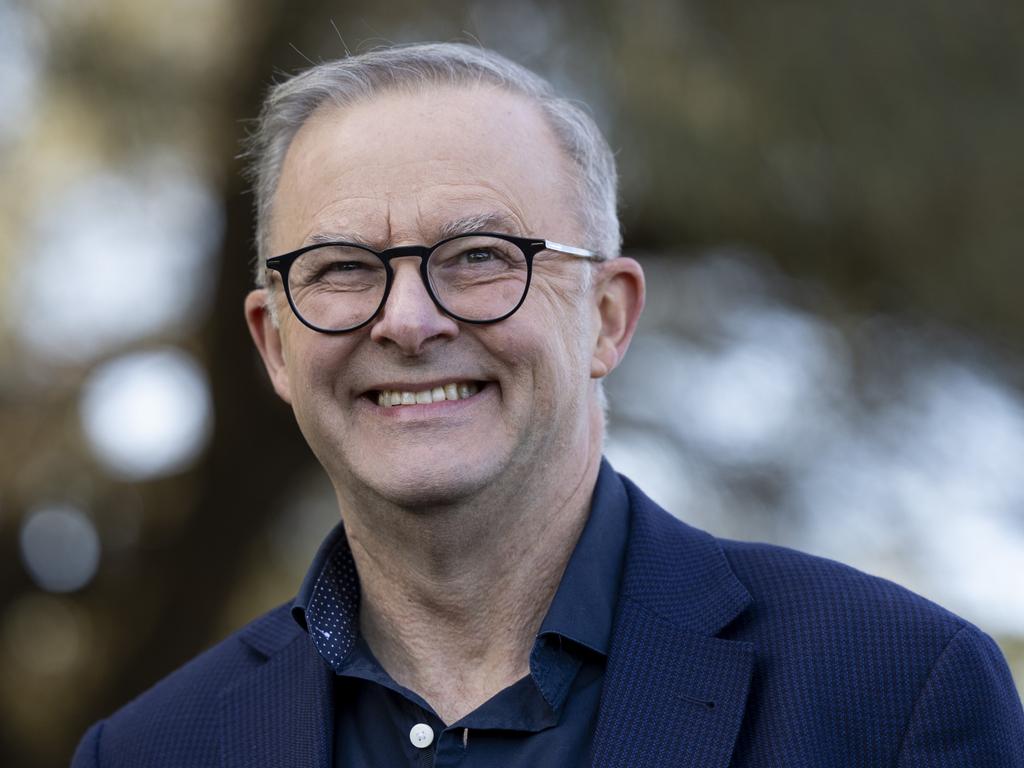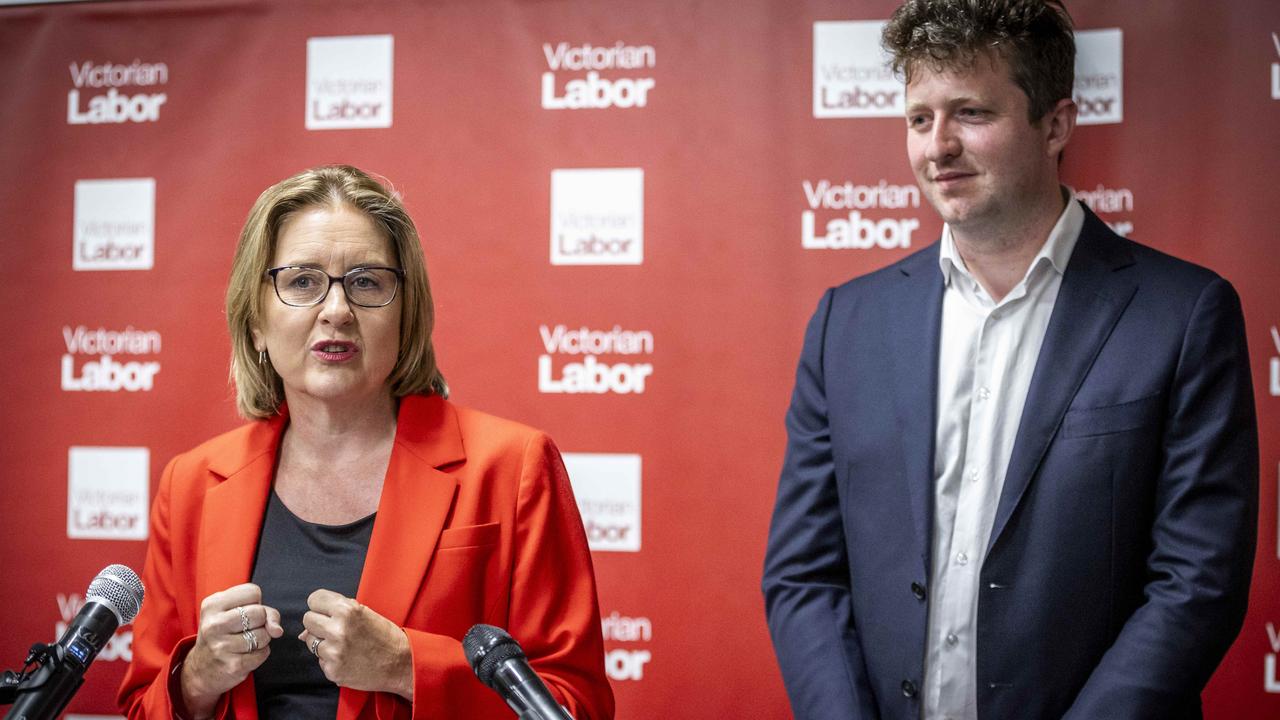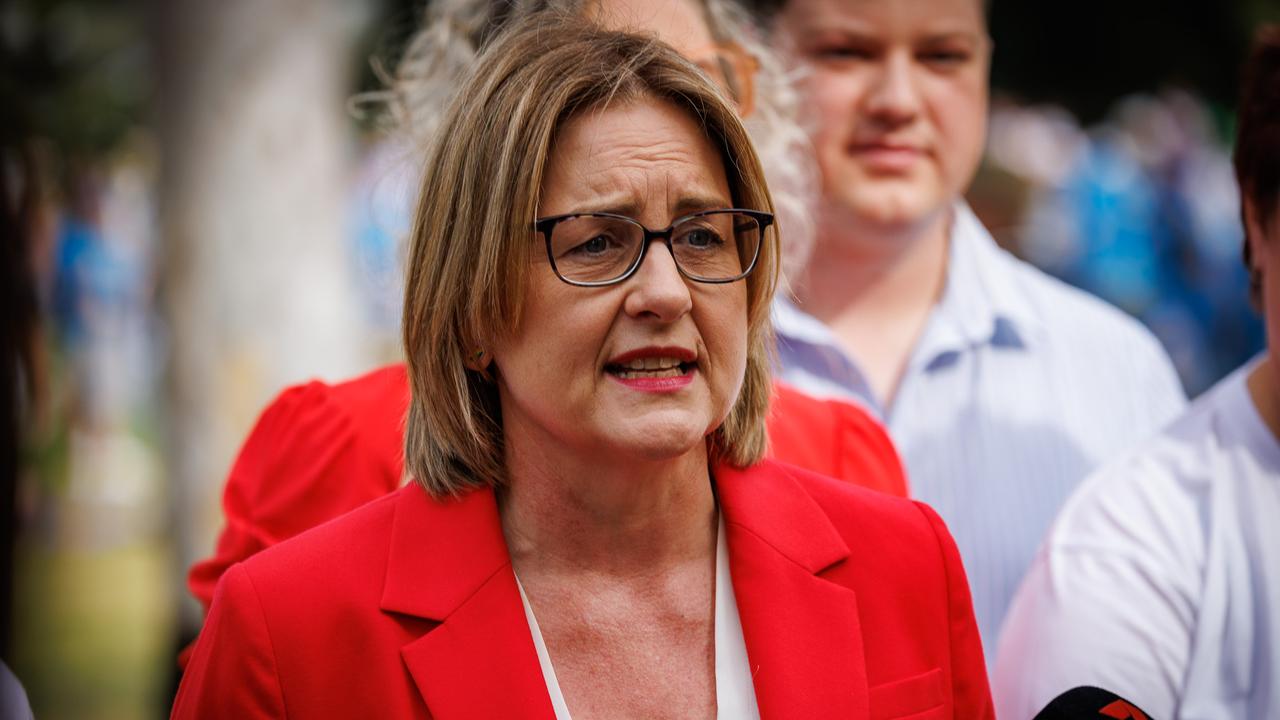Power, petrol spikes to ramp up inflation
The Reserve Bank has ‘locked in’ rate rises for the rest of the year, as soaring power bills and higher petrol prices drag on growth.
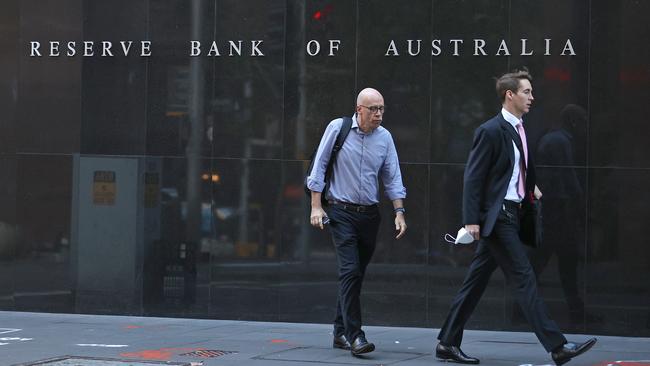
Petrol above $2.20 a litre and a lift in power bills of as much as 20 per cent will dampen growth and drive inflation even higher this year, economists say.
Despite warnings that intensifying cost of living pressures could drag on household spending, the Reserve Bank on Tuesday is expected to press ahead with the next instalment of what governor Philip Lowe has flagged will be a steady program of rate hikes aimed at taming runaway consumer price growth.
Analysts predict electricity prices will jump by 10-20 per cent from July for households without longer term contracts. Meanwhile, Europe’s decision to blockade Russian oil has sent Brent crude back above $US120 a barrel – its highest in three months.
Motorists in coming days and weeks face a substantial jump in petrol to above $2.20 a litre as spiking oil prices flow through to the pump, CommSec analysts said.
Bank economists are broadly split on whether the RBA’s board at its June meeting on Tuesday will deliver a 0.25 percentage point increase in the official cash rate target to 0.6 per cent, or announce a jumbo 0.4 percentage point increase to 0.75 per cent.
EY chief economist Cherelle Murphy said “the inflation problem is definitely becoming more acute”, although she remained hopeful that consumer price growth would ease over the medium term.
“For households, the six months ahead are going to feel tougher than the six months we have just had,” Ms Murphy said.
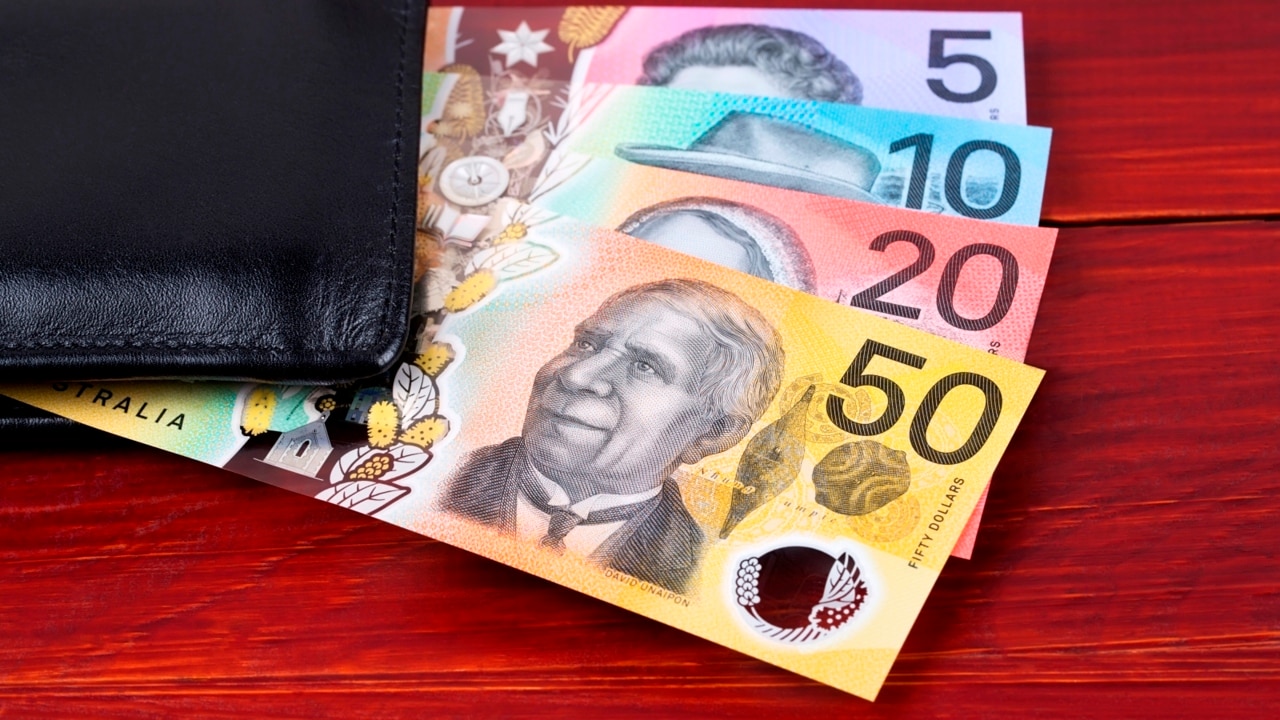
Judo Bank economic adviser Warren Hogan said the RBA would make a “bold statement” and deliver the larger-than-usual 0.4ppt rate hike as a clear statement that it intended to move to rein in inflation, which is running at 20-year highs of 5.1 per cent, according to the Australian Bureau of Statistics.
Mr Hogan said the climbing cost of essential goods and services – which have jumped by 6.6 per cent over the year to March – would hit poorer households the hardest, but might not provide too much of a drag on discretionary spending among higher earning Australians.
Mr Hogan said the electricity sector turmoil, and the feed-through of higher power and fuel costs to consumer prices, would add one percentage point to headline and core inflation, and that they would peak at 7.5 per cent and 6.5 per cent, respectively, this year.
This would be well ahead of the RBA’s forecasts in May for an inflationary peak of 5.9 per cent in December, in headline terms, and that underlying inflation would reach 4.6 per cent – still well above the central bank’s 2-3 per cent target range.
CBA head of Australian economics Gareth Aird said he now expected a “lower growth outlook, but in the near term higher inflation”.
“We don’t know how they (the RBA) think about this trade-off”, he said but he continued to expect a string of 0.25 percentage point RBA rate rises.
Jarden chief economist Carlos Cacho said the “energy price rises are just adding to cost of living pressures”, but “for the next few months we have locked-in rate hikes”.
Mr Cacho predicted a 0.4 percentage point lift in the RBA cash rate target on Tuesday.
The RBA expects the worst of the inflationary pressures to ease from next year, with headline and underlying inflation back to about 3 per cent in 18 months.
Predictions of an easing in global supply chain snarls have proved unfounded, with China’s Covid outbreak and the Ukraine war representing the latest setbacks on the road back to something approaching normality.
Citi chief global economist Nathan Sheets in a new research note found “supply chain pressures have proved to be more persistent, and apparently deep-rooted, than we had expected even a few months ago”.
